The Rubber Glove is currently characterized by a dynamic competitive landscape, driven by increasing demand across healthcare, food processing, and industrial sectors. Key players such as Top Glove Corporation Berhad (Malaysia), Hartalega Holdings Berhad (Malaysia), and Ansell Limited (Australia) are strategically positioned to leverage innovation and operational efficiency. Top Glove Corporation Berhad, for instance, focuses on expanding its production capacity and enhancing product quality through advanced manufacturing technologies. Meanwhile, Hartalega Holdings Berhad emphasizes sustainability in its operations, aiming to reduce its carbon footprint while meeting the rising demand for high-quality gloves. These strategies collectively shape a competitive environment that is increasingly focused on quality, sustainability, and technological advancement.
In terms of business tactics, companies are localizing manufacturing to mitigate supply chain disruptions and optimize logistics. The Rubber Glove Market appears moderately fragmented, with several players vying for market share. The collective influence of these key players fosters a competitive structure where innovation and operational excellence are paramount. This competitive dynamic is further enhanced by the ongoing trend of digital transformation, which is reshaping how companies engage with customers and manage their operations.
In August 2025, Kossan Rubber Industries Bhd (Malaysia) announced the launch of a new line of biodegradable gloves, marking a significant step towards sustainability in the rubber glove sector. This strategic move not only aligns with global environmental trends but also positions Kossan as a leader in eco-friendly product offerings. The introduction of biodegradable options could potentially attract environmentally conscious consumers and enhance the company's market share in a competitive landscape increasingly focused on sustainability.
In September 2025, Supermax Corporation Berhad (Malaysia) revealed its plans to invest in AI-driven manufacturing technologies to enhance production efficiency and reduce costs. This investment is likely to streamline operations and improve product quality, thereby strengthening Supermax's competitive position. The integration of AI into manufacturing processes may also enable the company to respond more swiftly to market demands, further solidifying its role in the rapidly evolving rubber glove market.
In October 2025, Ansell Limited (Australia) announced a strategic partnership with a leading technology firm to develop smart gloves equipped with sensors for healthcare applications. This innovative approach not only showcases Ansell's commitment to advancing healthcare solutions but also reflects a broader trend towards integrating technology into traditional manufacturing. Such partnerships are likely to redefine competitive dynamics, as companies that embrace technological advancements may gain a significant edge in the market.
As of October 2025, the Rubber Glove Market is witnessing trends that emphasize digitalization, sustainability, and technological integration. Strategic alliances are increasingly shaping the competitive landscape, allowing companies to pool resources and expertise. The shift from price-based competition to a focus on innovation, technology, and supply chain reliability is becoming evident. Moving forward, companies that prioritize these aspects are likely to differentiate themselves and thrive in an evolving market.


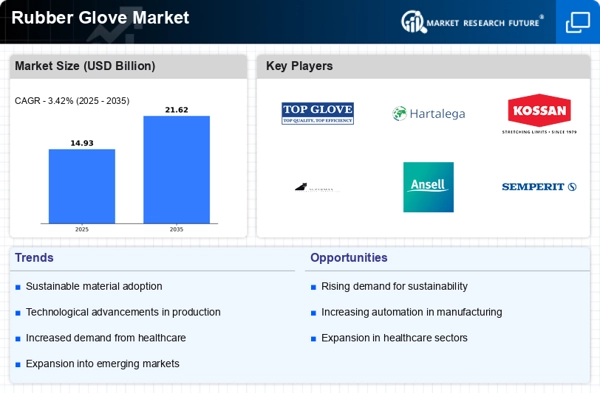
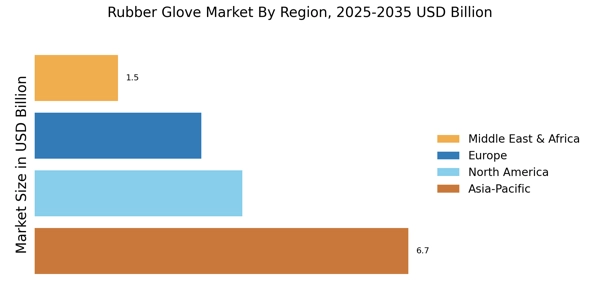
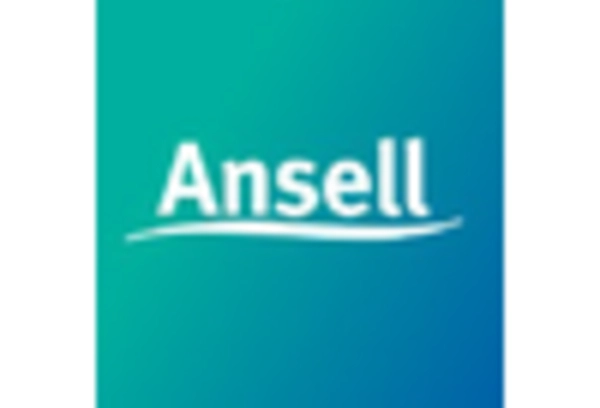


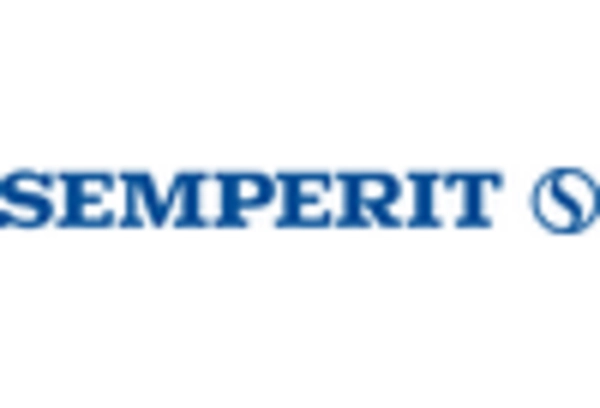
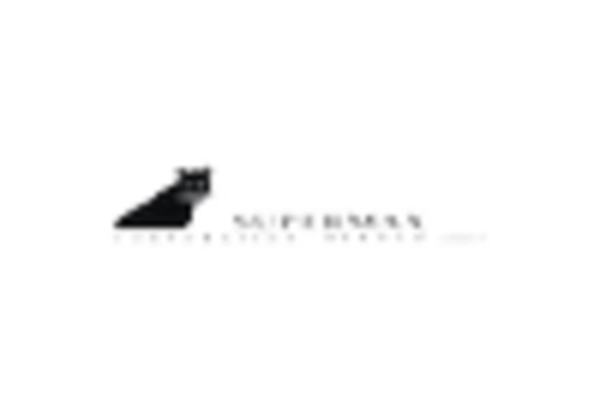
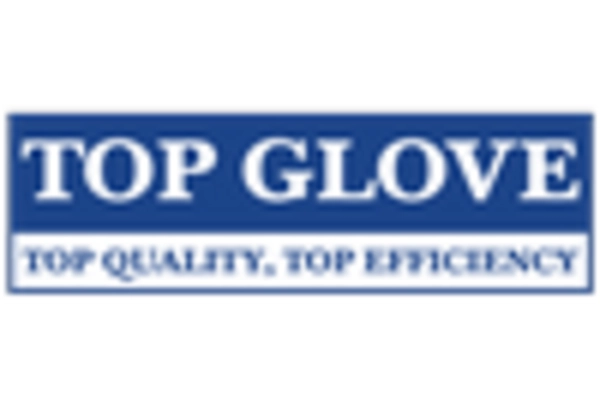








Leave a Comment